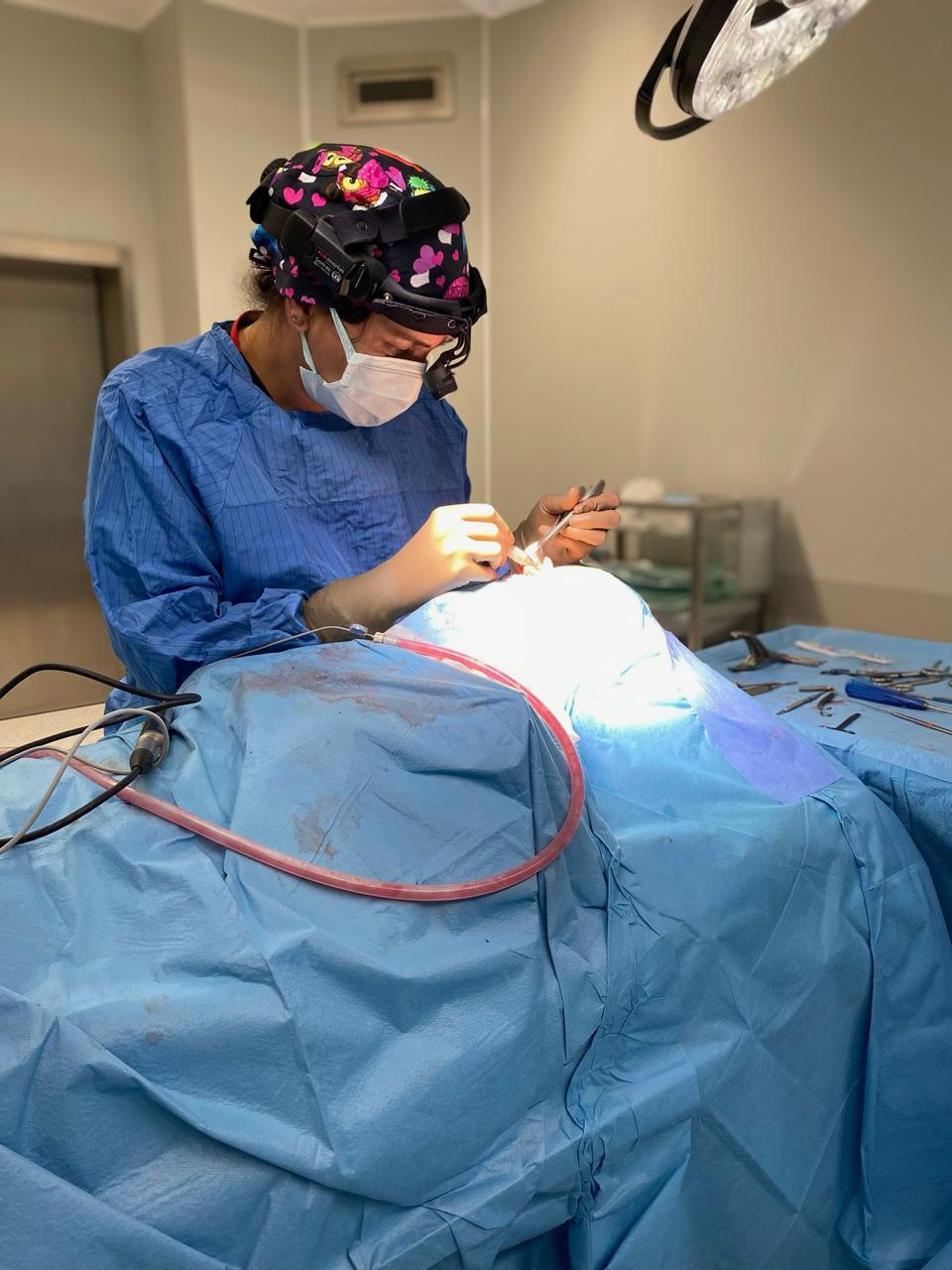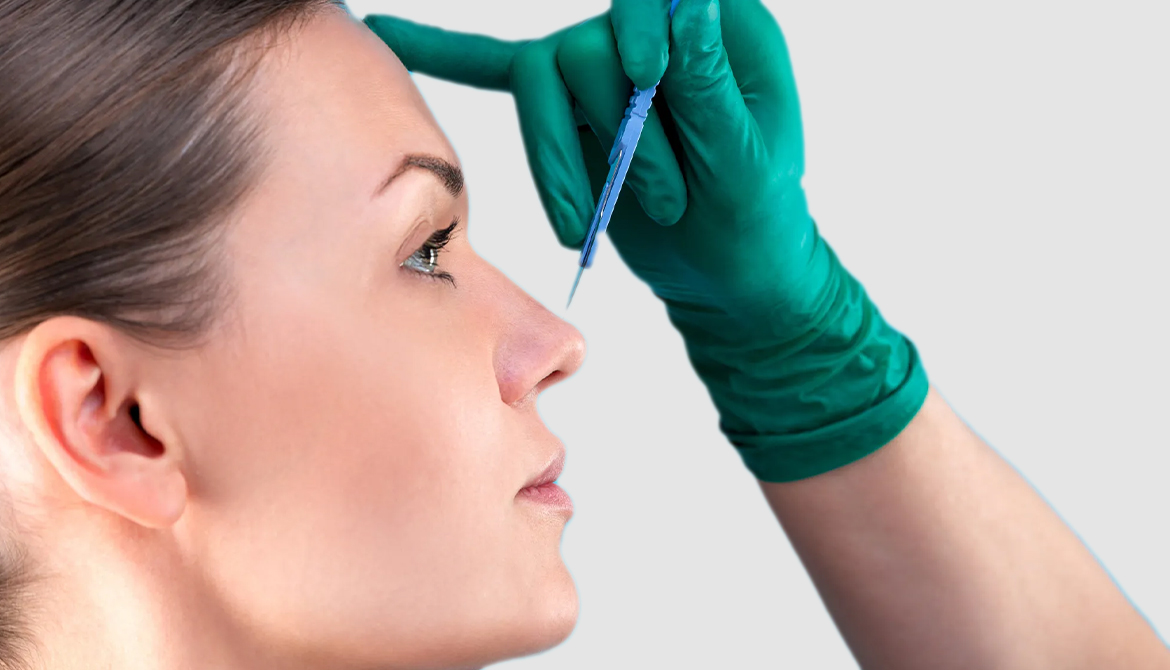Septoplasty Surgery: Treatment for Nasal Deviation (Septal Deviation)
What Is Septal Deviation and Septoplasty?
Septal deviation refers to the condition where the cartilage and bone structure separating the left and right nasal cavities is crooked. This can be congenital or result from nasal trauma. It may lead to nasal congestion, difficulty breathing, sinus infections, and snoring.
Septoplasty is a surgical procedure performed to correct a deviated nasal septum. The operation improves nasal airflow by straightening the septum and relieving obstruction inside the nose.
Who Is a Candidate for Septoplasty?
If you suffer from any of the following symptoms, septoplasty may be a suitable treatment option for you:
- Unilateral or bilateral nasal congestion
- Difficulty breathing through the nose (especially while lying down or during exercise)
- Frequent sinus infections
- Habitual mouth breathing
- Snoring or sleep apnea
- Frequent nosebleeds
- Headaches and facial pressure
Nasal congestion may not always be due to septal deviation. Therefore, a thorough examination is essential before septoplasty.
Preoperative Preparation for Septoplasty
Before surgery, the nasal anatomy is thoroughly evaluated to identify any additional problems.
- Nasal Endoscopy: The inside of the nose is examined using an endoscopic camera.
- CT Scan: Used to assess sinuses and bone structures for other potential issues.
- Blood Tests: Routine preoperative tests are performed.
- Medication Review: Blood thinners and certain medications may need to be discontinued prior to surgery.
Patients are advised not to eat or drink for 6-8 hours before surgery.
How Is Septoplasty Performed?
- Anesthesia: Performed under general anesthesia, though local anesthesia is also an option in some cases.
- Endoscopic or Open Technique: Usually performed endonasally (through the nostrils) using an endoscope.
- Cartilage and Bone Correction: The deviated septum is straightened or removed while preserving the nasal mucosa.
- Nasal Splints/Tampons: Special silicone splints or absorbable packing may be placed to support healing and reduce bleeding.
The procedure is relatively short, and most patients are discharged the same day or the following morning.

Recovery After Septoplasty
It is normal to experience mild nasal congestion and bleeding during the first few days post-op. To ensure a smooth recovery:
- Avoid any trauma to the nose.
- Sleep with your head elevated (use two pillows).
- Avoid strenuous activity and heavy lifting during the first week.
- Use saline nasal sprays to keep the nasal passages clean.
- Avoid forcefully blowing your nose.
- Take all prescribed medications as instructed by your doctor.
Complete recovery is typically achieved within 4–6 weeks.
Benefits of Septoplasty Surgery
- Improves breathing by opening nasal airways
- Enhances sleep quality by reducing snoring and sleep apnea risk
- Prevents recurring sinus infections by allowing proper sinus drainage
- Does not change the external appearance of the nose
- Offers a long-term, permanent solution
Difference Between Septoplasty and Rhinoplasty
Many people confuse septoplasty with rhinoplasty, but they are different procedures:
Septoplasty:
- Purpose: To correct nasal obstruction and improve breathing
- No changes made to the external appearance of the nose
- A functional surgery
Rhinoplasty:
- Purpose: To reshape the nose for cosmetic purposes
- Changes the external structure of the nose
- May be performed for both cosmetic and functional reasons
In some cases, both procedures can be combined as a “septorhinoplasty.”
Frequently Asked Questions After Septoplasty
1-) Are nasal tampons used after surgery?
Modern septoplasty typically uses silicone splints instead of traditional gauze tampons.
2-) How long is the recovery period?
Mild nasal congestion may last for the first week, but complete healing is achieved within 4–6 weeks.
3-) Is the surgery painful?
Some discomfort may be felt, but it’s usually not painful and is easily managed with simple painkillers.
4-) Will my nose shape change?
Septoplasty only addresses internal structures. It does not alter the nose’s external appearance. However, if a septorhinoplasty is performed, cosmetic changes may also occur.
5-) Will I breathe better after septoplasty?
Most patients experience significant improvement in breathing. However, if there are coexisting issues like allergies, polyps, or chronic sinusitis, additional treatments may be required.
Conclusion
Septoplasty is a permanent solution for nasal obstruction caused by septal deviation. This minimally invasive surgery offers quick recovery and significant improvement in breathing. If you have persistent nasal congestion, snoring, or sinus issues, consult an ENT specialist for detailed evaluation and treatment.
Prof. Dr. Elif Aksoy
ENT Specialist – Endoscopic Surgery and Nasal Disorders


